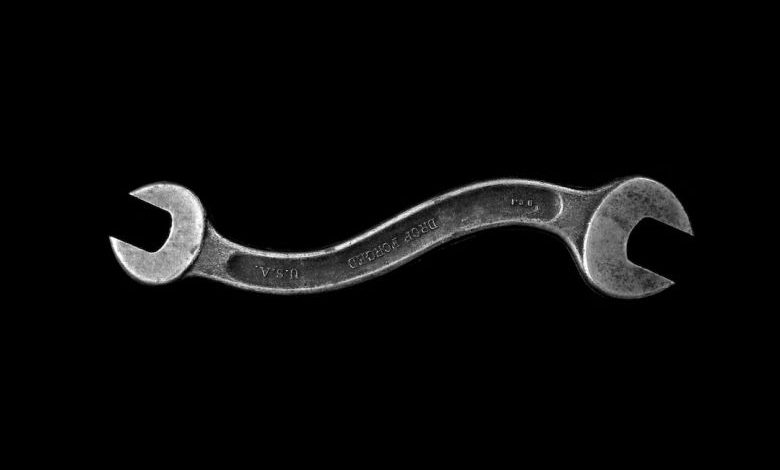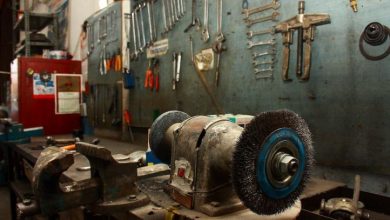Understanding the Wide World of Wrenches

Wrenches are essential tools in any toolbox. They come in various shapes, sizes, and designs, each serving a specific purpose. In this article, we will delve into the wide world of wrenches, exploring their different types and their uses. Whether you are a DIY enthusiast or a professional mechanic, knowing the right wrench for the job can make all the difference.
Open-End Wrenches
The open-end wrench is one of the most commonly used types of wrenches. It features two parallel jaws with smooth, flat surfaces that grip the sides of a nut or bolt. Open-end wrenches come in different sizes to fit various fasteners. This type of wrench is particularly useful in tight spaces where a socket wrench cannot fit.
Box-End Wrenches
Box-end wrenches, also known as ring spanners, have a closed loop at one or both ends. This design provides a more secure grip on the fastener, reducing the risk of slipping and rounding off the edges. Box-end wrenches are available in both metric and standard sizes, and they often come in sets to cover a range of applications.
Combination Wrenches
Combination wrenches offer the best of both worlds by combining an open-end wrench on one side and a box-end wrench on the other. This versatile design allows you to tackle a wide range of tasks with a single tool. Combination wrenches are commonly used in automotive repairs and maintenance.
Adjustable Wrenches
If you only have space for one wrench in your toolbox, make it an adjustable wrench. This type of wrench has a movable jaw that can be adjusted to fit different sizes of nuts and bolts. Adjustable wrenches are popular for their versatility and ease of use. However, they are not recommended for heavy-duty applications as they may slip under high torque.
Socket Wrenches
Socket wrenches, also known as ratchet wrenches, are widely used in automotive and mechanical work. They consist of a handle and a detachable socket that can be quickly interchanged to fit different fasteners. The ratcheting mechanism allows for continuous rotation without the need to remove and reposition the wrench. Socket wrenches come in various drive sizes, with the most common being 1/4″, 3/8″, and 1/2″.
Allen Wrenches
Allen wrenches, also called hex keys, are used for tightening or loosening hexagonal socket screws. They have a hexagonal-shaped bar with a handle at one end. Allen wrenches are commonly used in furniture assembly, bicycle repairs, and electronic devices. They are available in both metric and standard sizes, depending on the application.
Torque Wrenches
When precision is crucial, a torque wrench is the tool to use. Torque wrenches are designed to apply a specific amount of torque to a fastener. They are commonly used in automotive, aerospace, and engineering industries. Torque wrenches come in different types, including click-type, beam-type, and digital. Using a torque wrench helps prevent overtightening or undertightening, ensuring the proper functioning and longevity of the fasteners.
Pipe Wrenches
Pipe wrenches are heavy-duty wrenches used for gripping and turning pipes and other cylindrical objects. They have serrated jaws that can bite into the surface of the pipe, providing a secure grip. Pipe wrenches are commonly used in plumbing and construction work. Their long handles provide leverage for turning stubborn pipes.
In conclusion, wrenches are indispensable tools that come in a wide variety of types and sizes. Each type of wrench serves a specific purpose and has its own advantages and limitations. By understanding the different types of wrenches and their uses, you can ensure that you have the right tool for the job. So, next time you reach for a wrench, remember to choose wisely and tackle your tasks with confidence.




